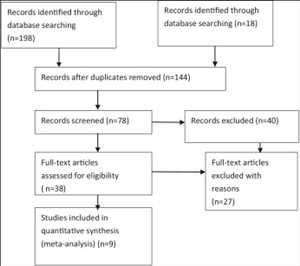Viewers are being bombarded with innumerable entertainment content by streaming services providers ranging from celebrity endorsed reality shows to movies, classics programs and several other new age shows. While the market is already crowded with Netflix, Hulu, Sling and Amazon jostling for space, soon two large brands namely Disney + and Apple TV+ are scheduled to launch their subscription services. Though these streaming video content services offer consumers a wide spectrum of entertainment choices they are also creating confusion and indecision among viewers.
Subscribers in the age group of 18 to 35 years spend around 10 minutes mulling over what to watch said a recent Nielsen ratings service. A subscriber with HBO Go, Hulu, Netflix and Amazon Prime said that though she watches lots of shows and so do her children she is likely to get lost if more are added to her list.
Several subscribers say that subscribing to this large number of shows is also becoming expensive. Viewers now have to consider the services that have to be purchased for keeping themselves updated with their favorite shows but also learn to keep up with their subscriptions as they move from one platform to another keeping in mind the expiry dates of licensing deals. A good example is the period series “Downtown Abbey that was first aired on PBS in 2010 and has since then bounced around on various subscription services like Netflix, Hulu and Amazon Prime. The show is now moving on to Peacock a new streaming from, Comcast owned NBC Universal which will launch next year.
This confusion over following popular shows has given birth to several decision-assistance sites like Flixable and Just Watch. Now around 7 out of every 10 homes have streaming subscription services which are competing against conventional television and cable networks. Consumer Technology Association data says that consumers spent around $17.6 billion this year on streaming subscription services which could rise to $21.9 billion by 2020.





